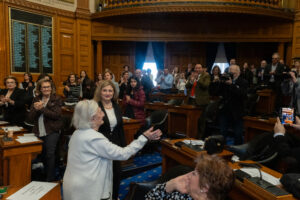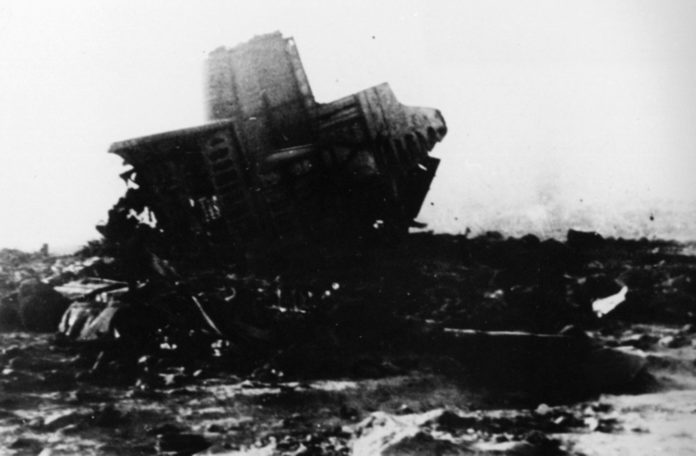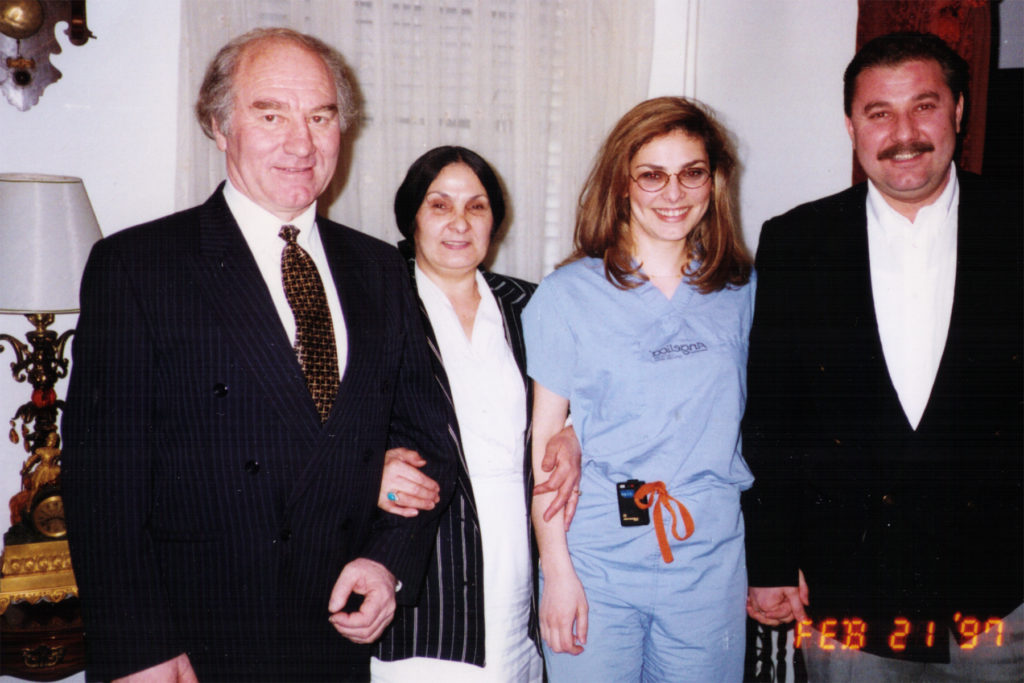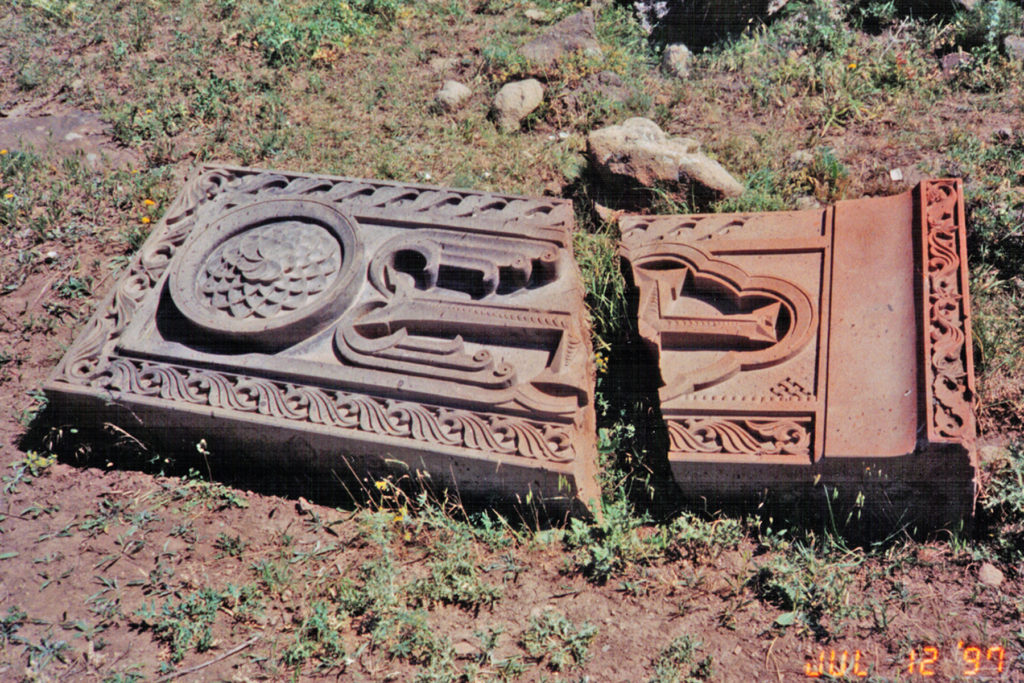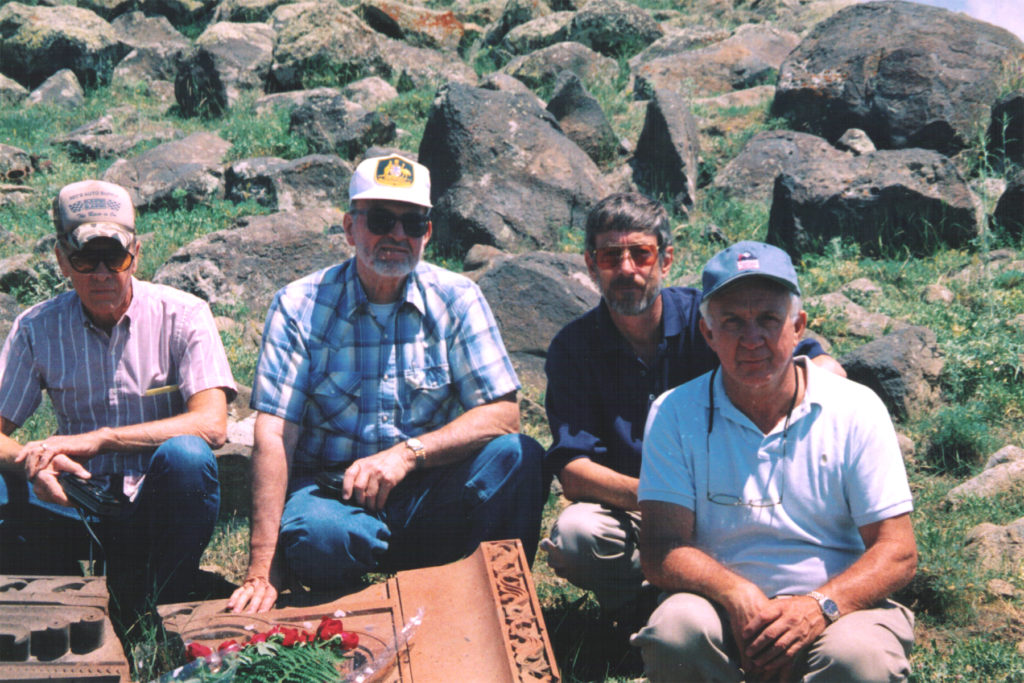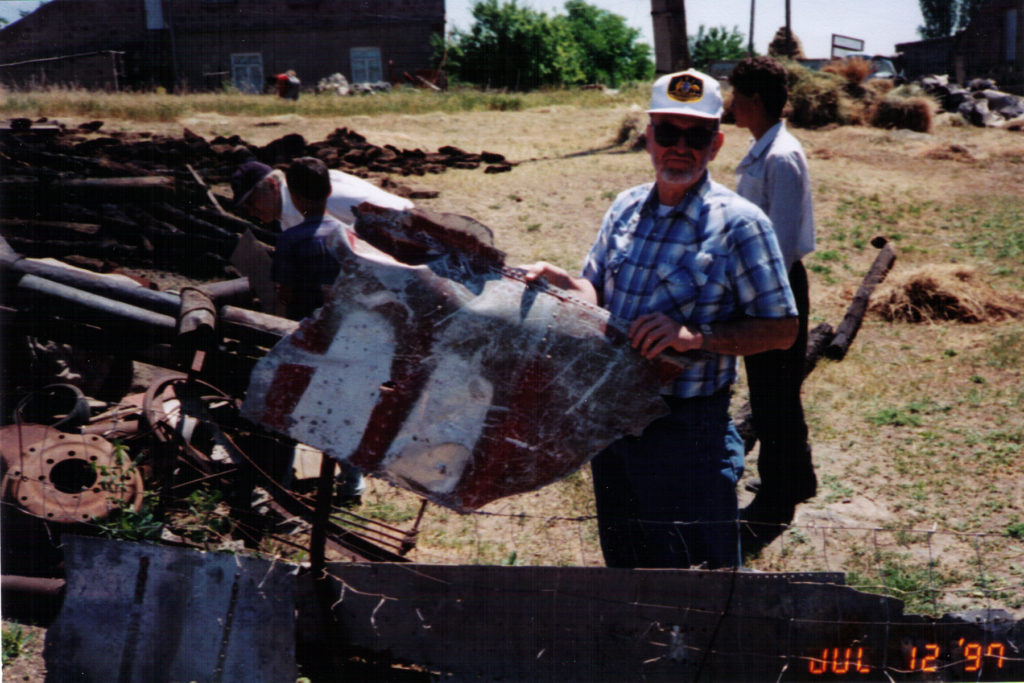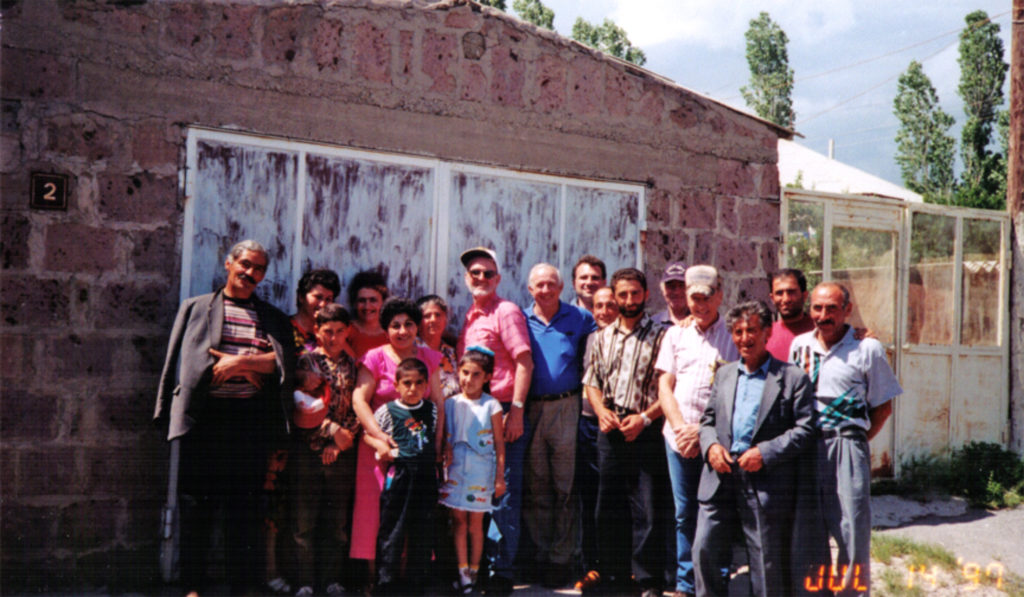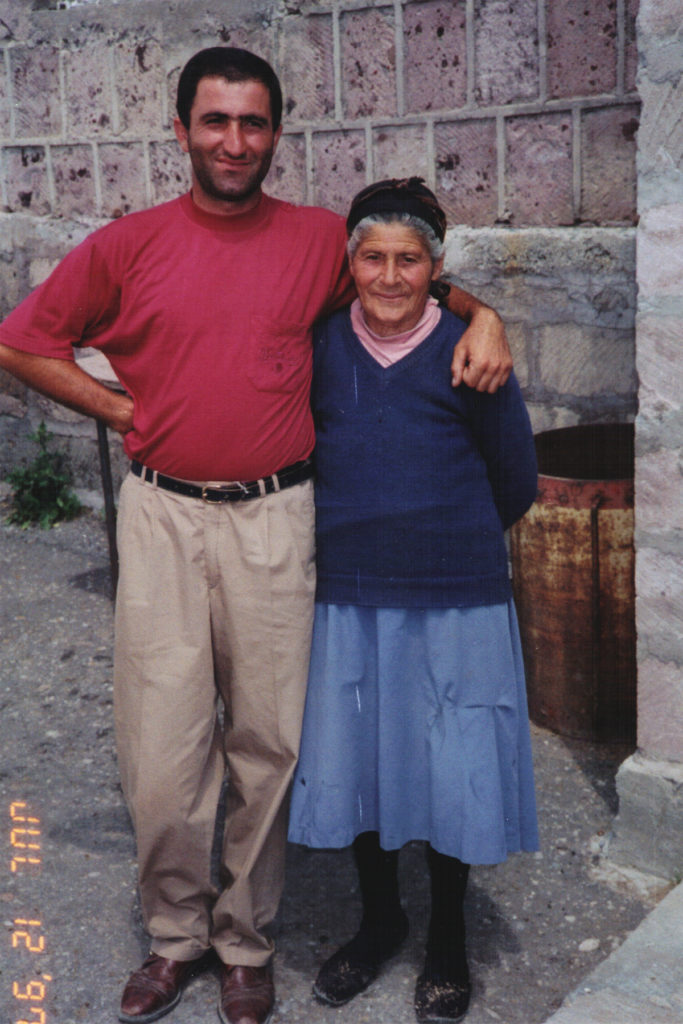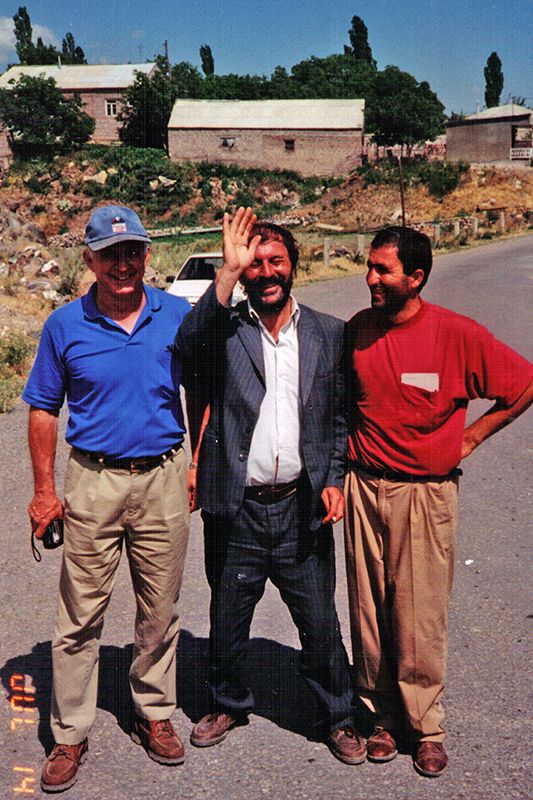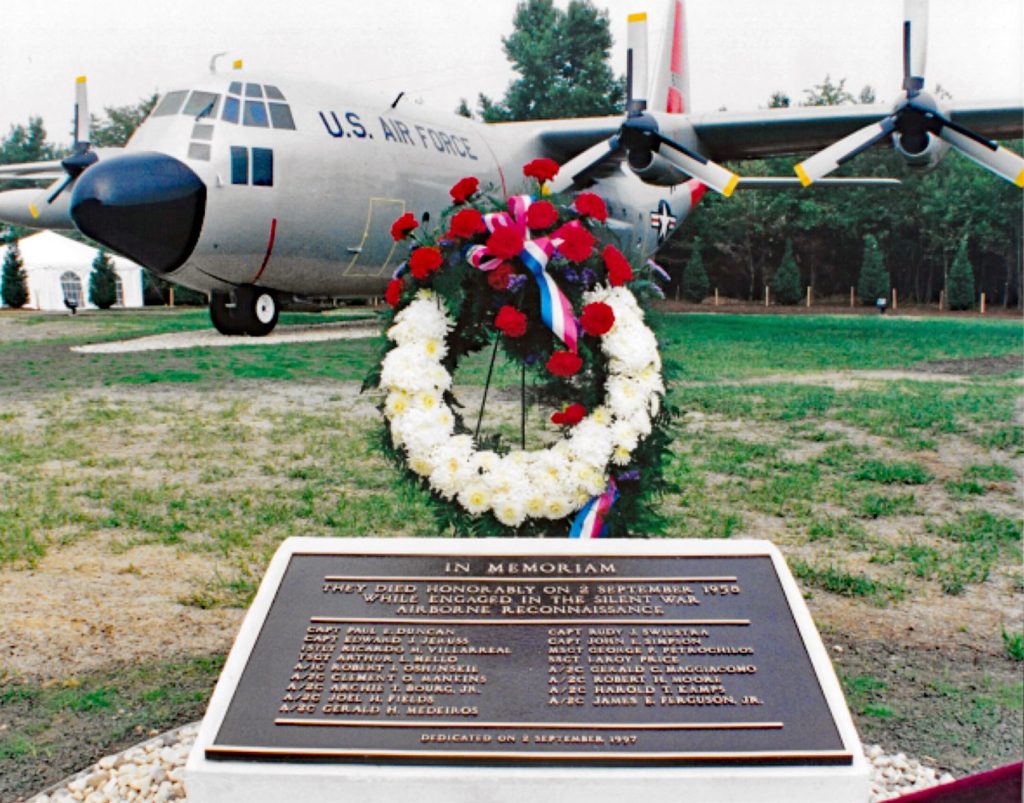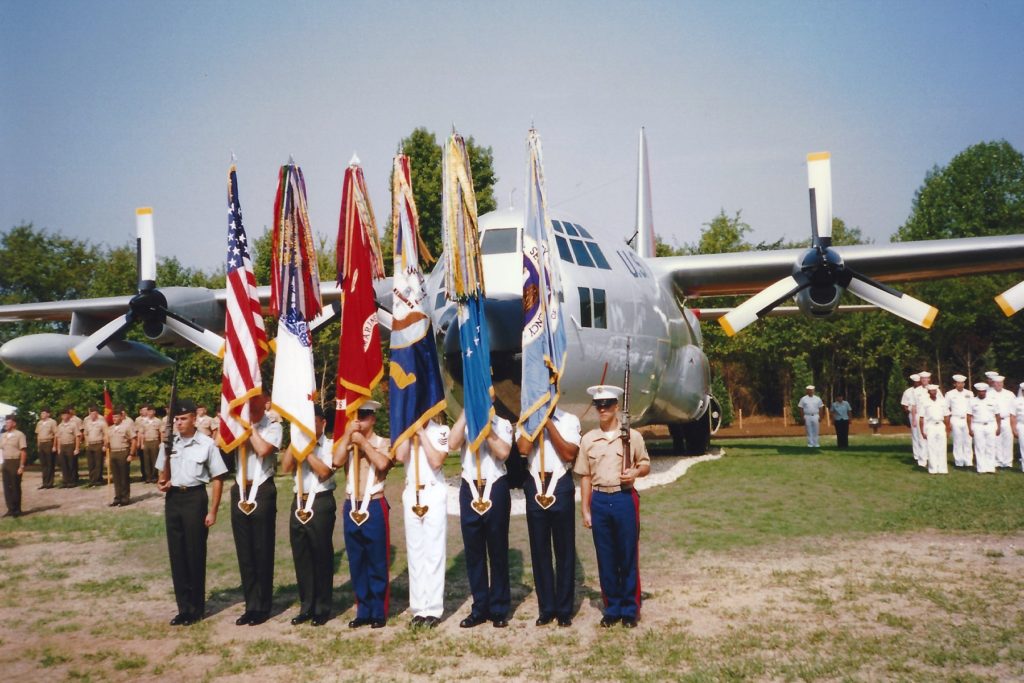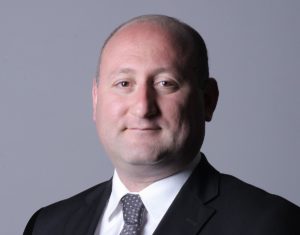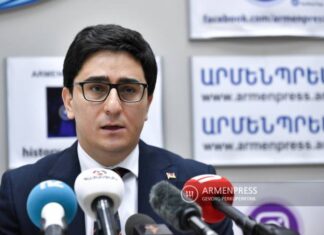By Larry Tart
Special to the Mirror-Spectator
SASNASHEN, Armenia – Few Armenian Americans are aware that 17 United States Air Force airmen perished in a crash in Armenia on September 2, 1958, yet this major international incident was the most publicized confrontation between Soviet and U.S. military aircrews during the Cold War. The tragedy occurred when four Soviet air force MiG-17 pilots attacked and shot down an unarmed US reconnaissance aircraft after its crew inadvertently flew into Soviet Armenian airspace.
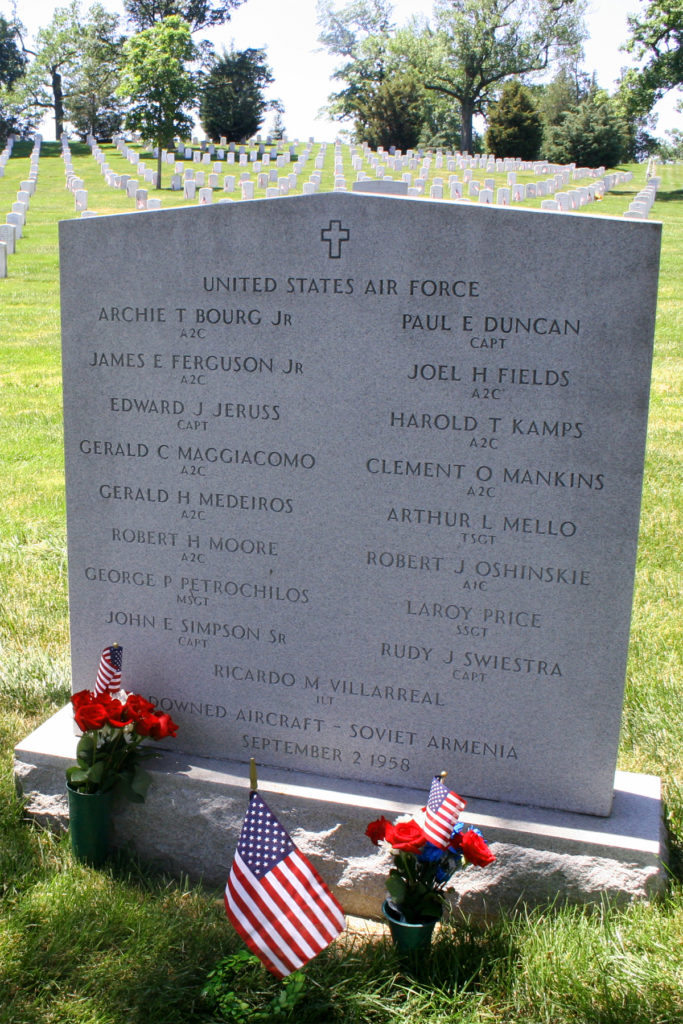
Soviet air defense headquarters informed the Communist Party Central Committee the same afternoon that the state border had been violated near Leninakan [present-day Gyumri]: “A ‘scrambled’ fighter pilot, Senior Lieutenant Lopatkov, intercepted the violator at 15:10 and shot it down at 15:12. The burning aircraft fell on our territory in the vicinity of Mastara, 20 kilometers southeast of Leninakan.
“According to gun camera film, the aircraft had USAF markings and tail number 60528. It is an American military transport aircraft of the type C-130 ‘Hercules’ with four turboprop engines. The violator aircraft was hit and went down in a region 55 kilometers northwest of Yerevan.”
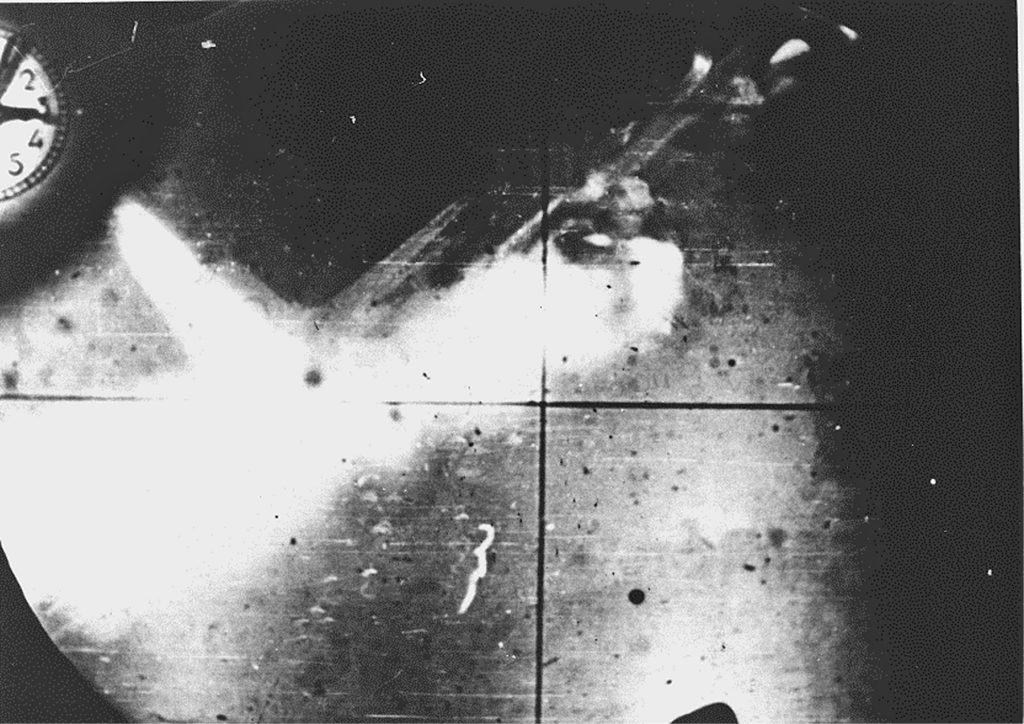
of the unarmed aircraft over Armenia, September 2, 1958 (from Soviet Air Defense Archives)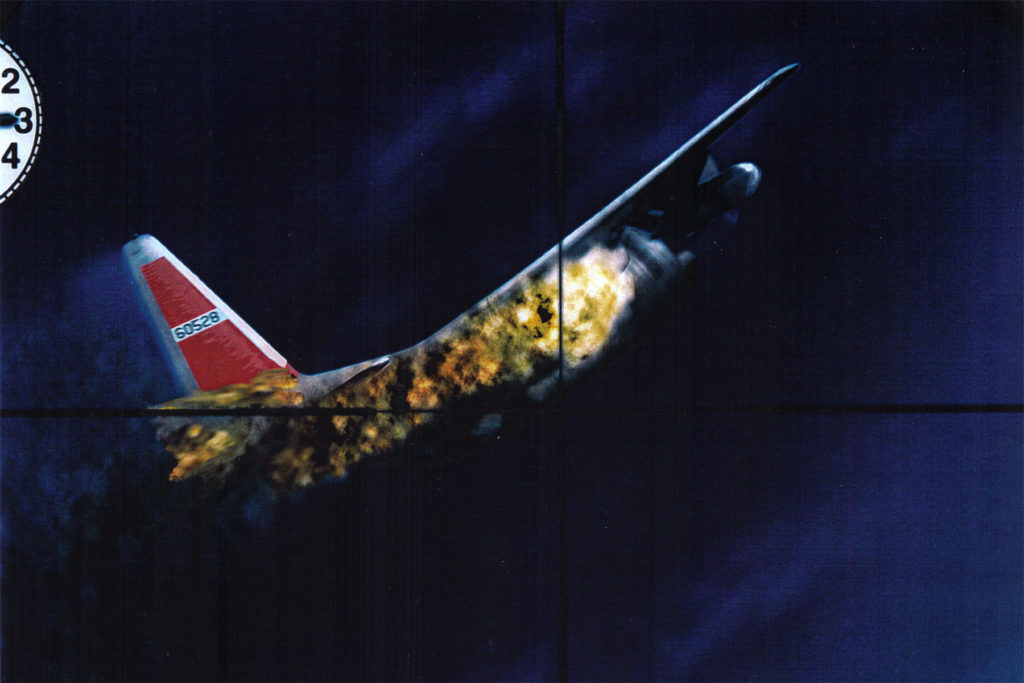
of the unarmed aircraft over Armenia, September 2, 1958 (alternate color-enhanced version)
No Survivors
